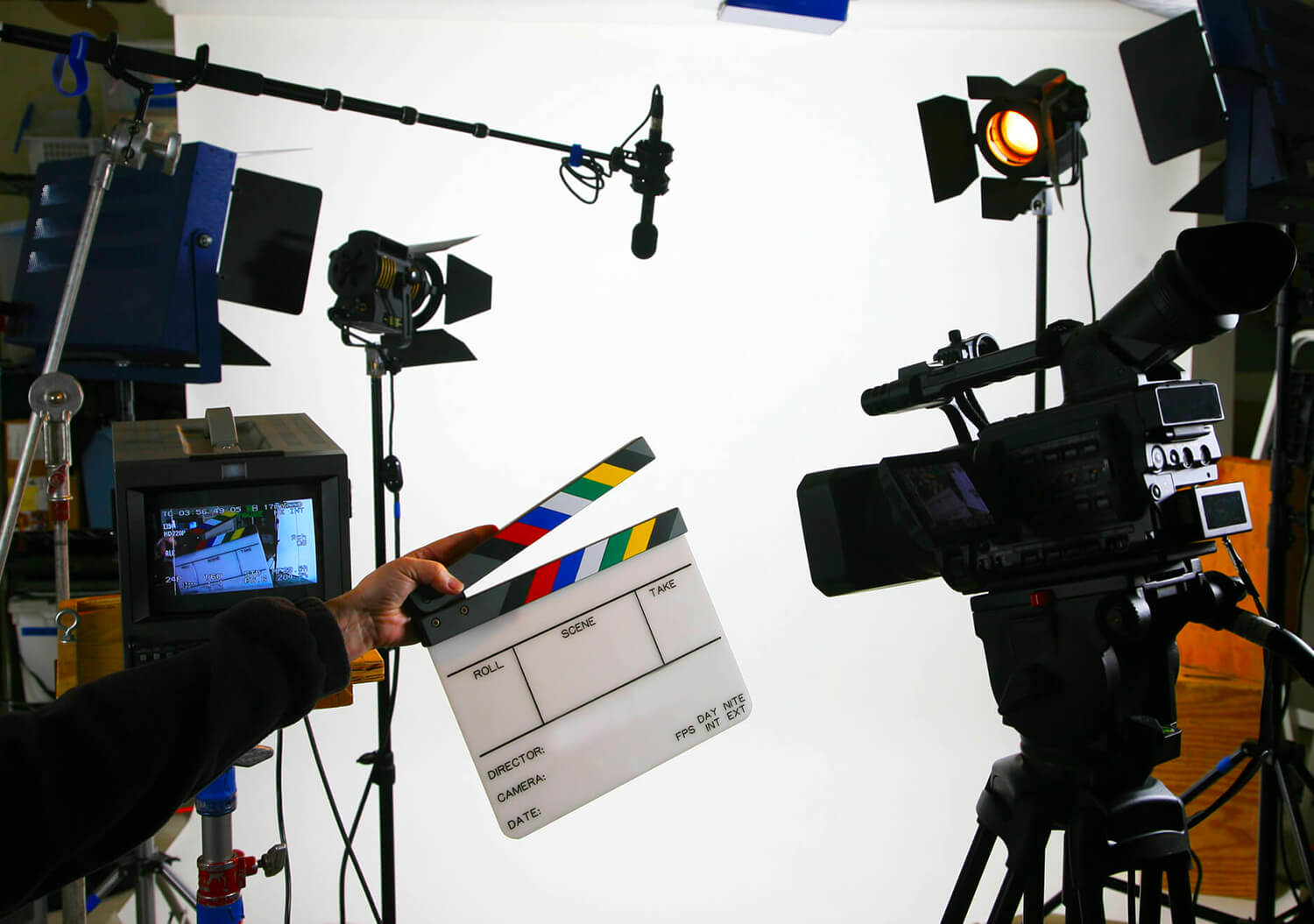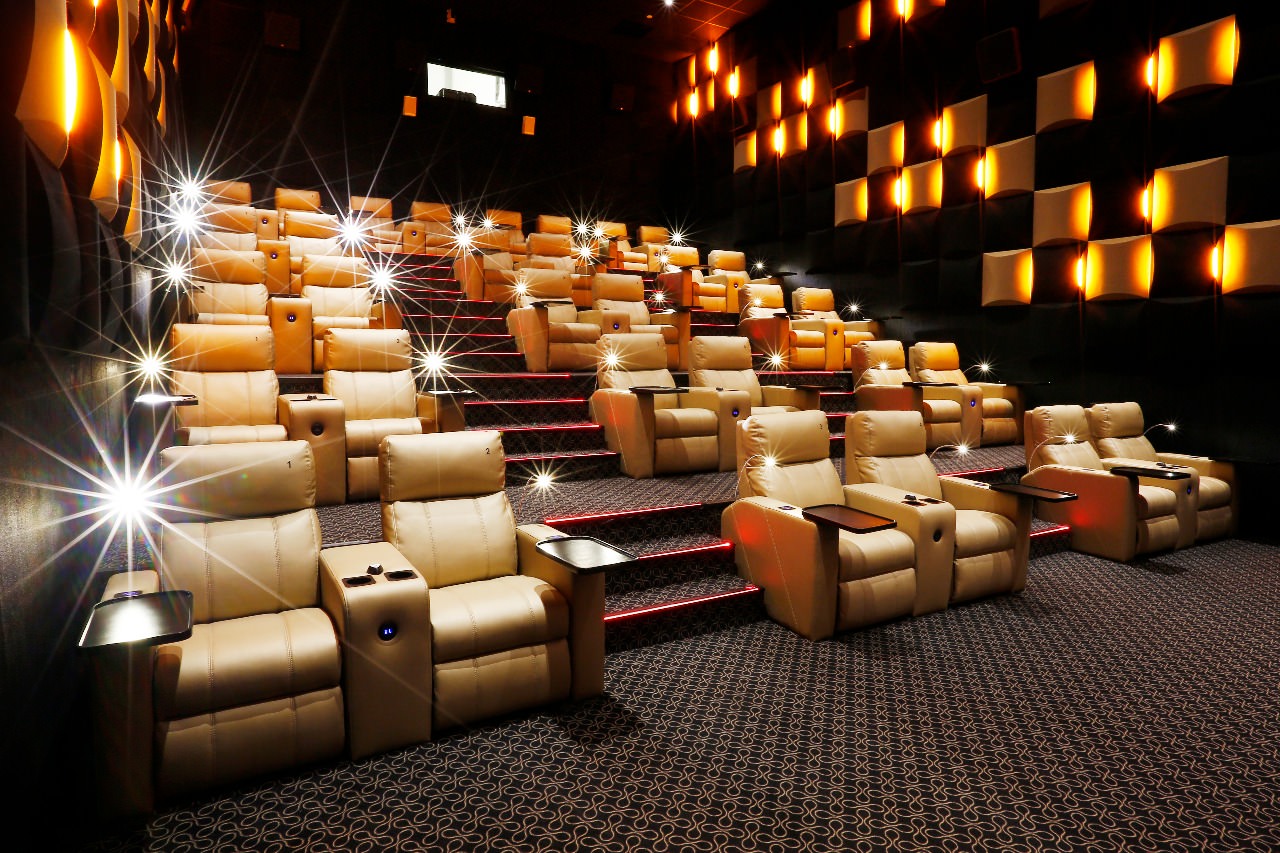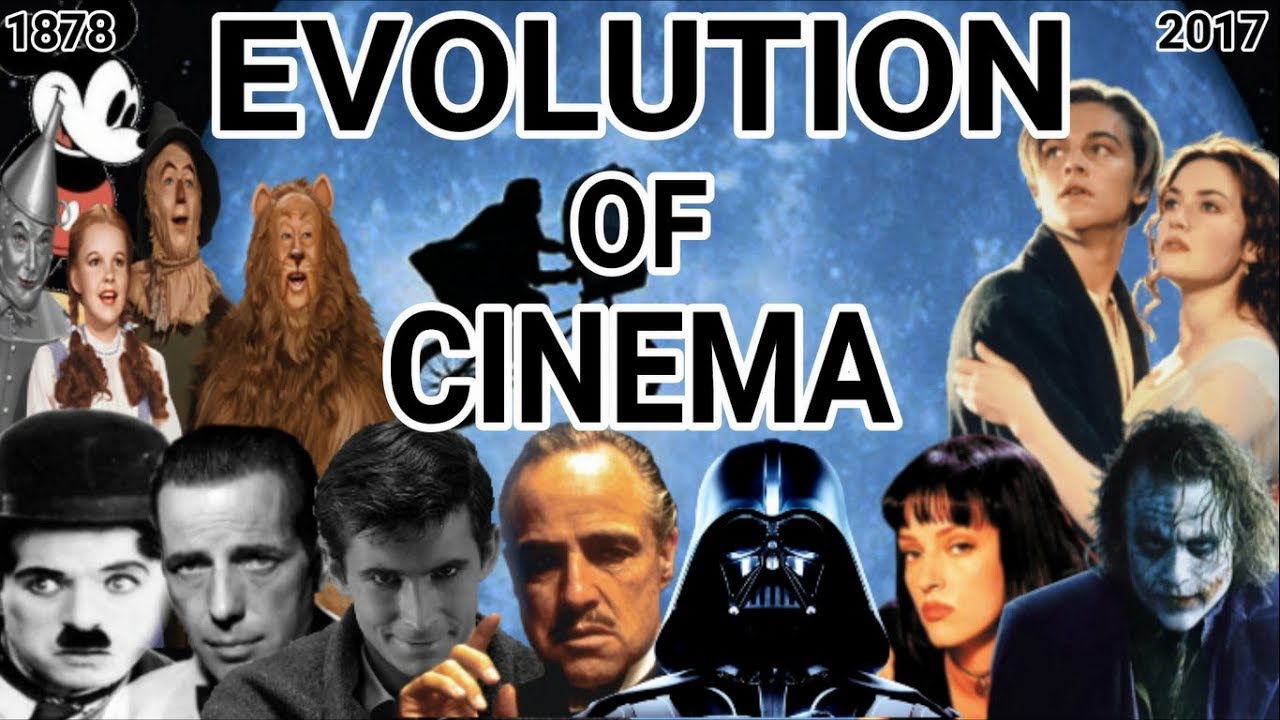
The Pulse of Cinematic Evolution: Insights on Modern Filmmaking
In today’s ever-evolving world of cinema, filmmakers are crafting experiences that not only entertain but also provoke thought and engage audiences on a deeper level. This article delves into the myriad elements shaping contemporary filmmaking, touching on technological advances, storytelling innovations, and cultural influences.
The Influence of Technology on Storytelling
As a long-time film enthusiast, it’s fascinating to observe how technology has transformed the art of storytelling in cinema. Filmmakers now wield tools that allow for unparalleled visual effects and sound design, creating immersive experiences that grip audiences from the first frame to the last. Modern CGI (computer-generated imagery) is now so advanced that it can bring to life worlds never before imagined. One recent example is the stunning landscapes seen in Dune, which transport viewers to an entirely different universe.
 Exploring technology in modern filmmaking
Exploring technology in modern filmmaking
However, while technology enhances visual storytelling, it’s the narrative depth that keeps audiences coming back. Great films today balance the spectacle with substance, ensuring emotional resonance alongside dazzling visuals. Whether in the intimate storytelling of Nomadland or the blockbuster grandeur of Avengers: Endgame, the marriage of narrative and technology is pivotal.
Cultural Narratives and Global Perspectives
One of the most exciting trends in cinema today is the rise of diverse voices and narratives that reflect a global society. Films from various cultures are making significant inroads in mainstream entertainment, broadening audience perspectives. For example, the triumph of Parasite at the Oscars signaled not just the success of international cinema but also the hunger for stories that transcend borders.
As I reflect on this evolution, I’m reminded of my own experiences watching films from different cultures. Each film offers a unique lens through which to understand the world, fostering empathy and connection. This global exchange enriches the cinematic landscape, illustrating that stories hold power regardless of their origins.
The Role of Independent Filmmaking
While big studio productions typically grab headlines, independent films are the beating heart of cinema’s innovative spirit. These films often tackle challenging topics with authenticity and creativity that mainstream Hollywood may shy away from. As someone who enjoys the edginess of independent cinema, I relish discovering films that challenge societal norms and amplify marginalized voices.
 Independent films: the heart of innovation
Independent films: the heart of innovation
Take The Florida Project, for instance, which artfully depicts life on the fringes of society. Its raw honesty coupled with stunning performance makes it a quintessential independent film that resonates deeply with audiences. Such works remind us that cinema is as much about storytelling as it is about pushing boundaries and societal conversations.
The Future of Cinema
In conclusion, the evolution of cinema is a testament to the art form’s resilience and adaptability. As filmmakers continue to explore the interplay between technology, culture, and independent storytelling, I am excited to see where this journey takes us. Cinema has the potential to ignite conversations, spark change, and illuminate the human experience, and its future is bright.
- Point 1: Technology continues to redefine storytelling.
- Point 2: Diverse narratives open up new perspectives.
- Point 3: Independent cinema fuels innovation and authenticity.
As we move forward, let’s embrace the rich tapestry of voices and visions that cinema offers, celebrating both the familiar and the new in our collective cinematic journey.
 The ever-evolving landscape of cinema
The ever-evolving landscape of cinema















